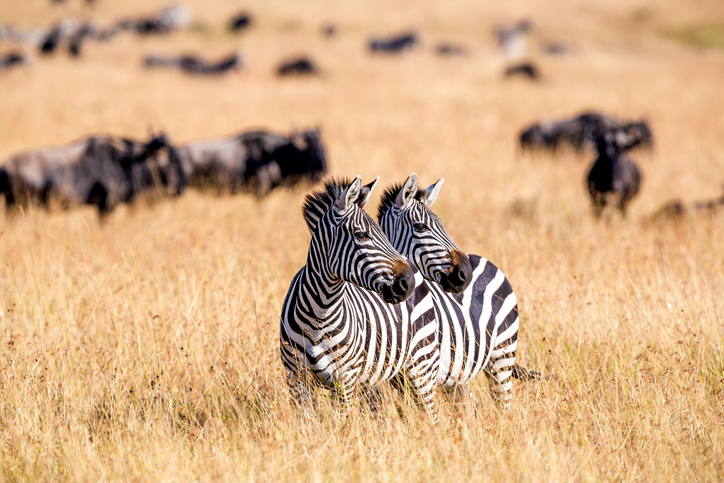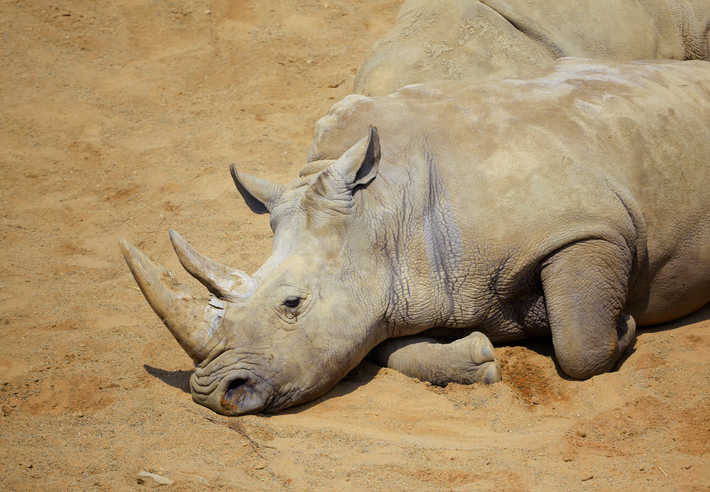A booming natural resources sector can often have adverse consequences for the national economy. This column reports research evidence from the sustained resources boom in Australia that arose primarily from China’s economic expansion. The appropriate response for macroeconomic policy-makers in circumstances like these depends on what exactly is driving the upsurge in demand for commodities.
Each country has its own unique set of natural resources such as oil, water, fertile soil or mineral reserves. For countries with an abundant natural resource, it can come to form a significant part of their economy and trade. Countries such as Argentina and Australia trade minerals, Ukraine trades grain and Saudi Arabia trades oil.
But while resource abundance can lead to prosperity, it can also be a ‘curse’. Commodity prices are not stable over time, and fluctuations make the economic management of resource-rich countries particularly difficult.
The sectoral imbalance that can result from high demand for resources and loss of competitiveness in the non-resource sector is known as the ‘Dutch disease’, and it was first formally described by Australian economists Gregory (1976) and Corden (1984).
To explore these challenges, our research looks at evidence from the extensive and sustained resources boom in Australia as a result of Chinese economic expansion. By the end of the 2000s, China accounted for approximately two-thirds of world iron ore demand, while Australia supplies almost half of global iron ore exports.
Using a small, data-based economic model, we analyse the interactions of a foreign sector consisting of Chinese demand for resources, world commodity prices and world output with the Australian economy, including investment in the mining sector, exports, GDP, inflation, the domestic interest rate and the exchange rate.
We distinguish the macroeconomic effects on Australia of three relevant classes of international shocks:
-
Commodity demand shocks from China.
-
Shocks that might affect the global supply of these commodities globally, for example the discovery of a new mineral resource.
-
Shocks that affect the world economy but which are not directly concerned with commodities, such as the financial sector collapse of 2008/09.
These different sources have different effects on the Australian economy. For example, higher Chinese output that requires more iron ore input increases the demand for Australian iron ore production – so Chinese and Australian output both move higher.
A shock that independently increases the price of the commodity, say by requiring greater safety standards that result in the shutdown of a number of current mines, will cause a reduction in Chinese output for the same expenditure (as the output becomes more expensive to produce).
Although the short-term adjustment mechanisms differ between the two shocks, our results show that a booming natural resources sector can have adverse effects on the output of the resource-based economy in either case. Neither type of shock has a positive effect on Australia over a longer time horizon.
The effects of these two types of shocks may initially look similar. In both cases, the upsurge in demand for Australian commodities is associated with increased prices and mining investment for more than 40 years – meaning the effects of commodity shocks have long time horizons. But there is also evidence of ‘Dutch disease’ as a result of both types of shocks, as the economy adjusts its focus away from the non-resource sector to the resources sector.
But when the source of the commodity shock is increased demand for that commodity, Australian output and inflation both increase. This is countered by tighter domestic monetary policy.
In contrast, a shock that increases the supply of available commodities initially leads to a drop in Australian output (despite the increase in mining investment). The likely mechanism for adjustment is through the movement of inputs to production such as labour away from the non-resource sector to the resources sector.
As a result, there is a fall in output in sectors not related to resources. At the same time, the floating exchange rate appreciates, making it even more difficult for the non-resource sector to compete. The fall in output in the non-resource sector is larger than the rise in output in the resources sector in response to the price increase, providing further evidence of the ‘Dutch disease’ in action.
Making macroeconomic policy when commodity prices are booming is not straightforward. Given the differences in the transmission of the shocks described above, it is clearly crucial to understand the exact type of shock we are facing.
In addition to understanding the transmission of shocks, many factors will influence policy responses, some of which are difficult to predict with certainty in real time. For example:
-
Will the boom be temporary or permanent?
-
How should monetary policy respond?
-
How will the exchange rate respond to the boom?
-
If the domestic currency appreciates strongly enough, this can dampen the inflationary effects of a boom – but how much is enough?
-
Or will appreciation of the currency lead to a loss of competitiveness in the non-resource sector?
How the government manages the fiscal side of the resources windfall may contribute to bringing about the ‘curse’. Alternatively, it may be a lever that can be designed to mitigate some of the excess demand in certain parts of the economy. Perhaps by the redistribution of resources across the domestic economy (to support the structural adjustment of the economy), via the international economy (for example, through a sovereign wealth fund to offset foreign capital inflows that may fan the boom) or through time (to support intergenerational distribution of the proceeds of a resources boom).







